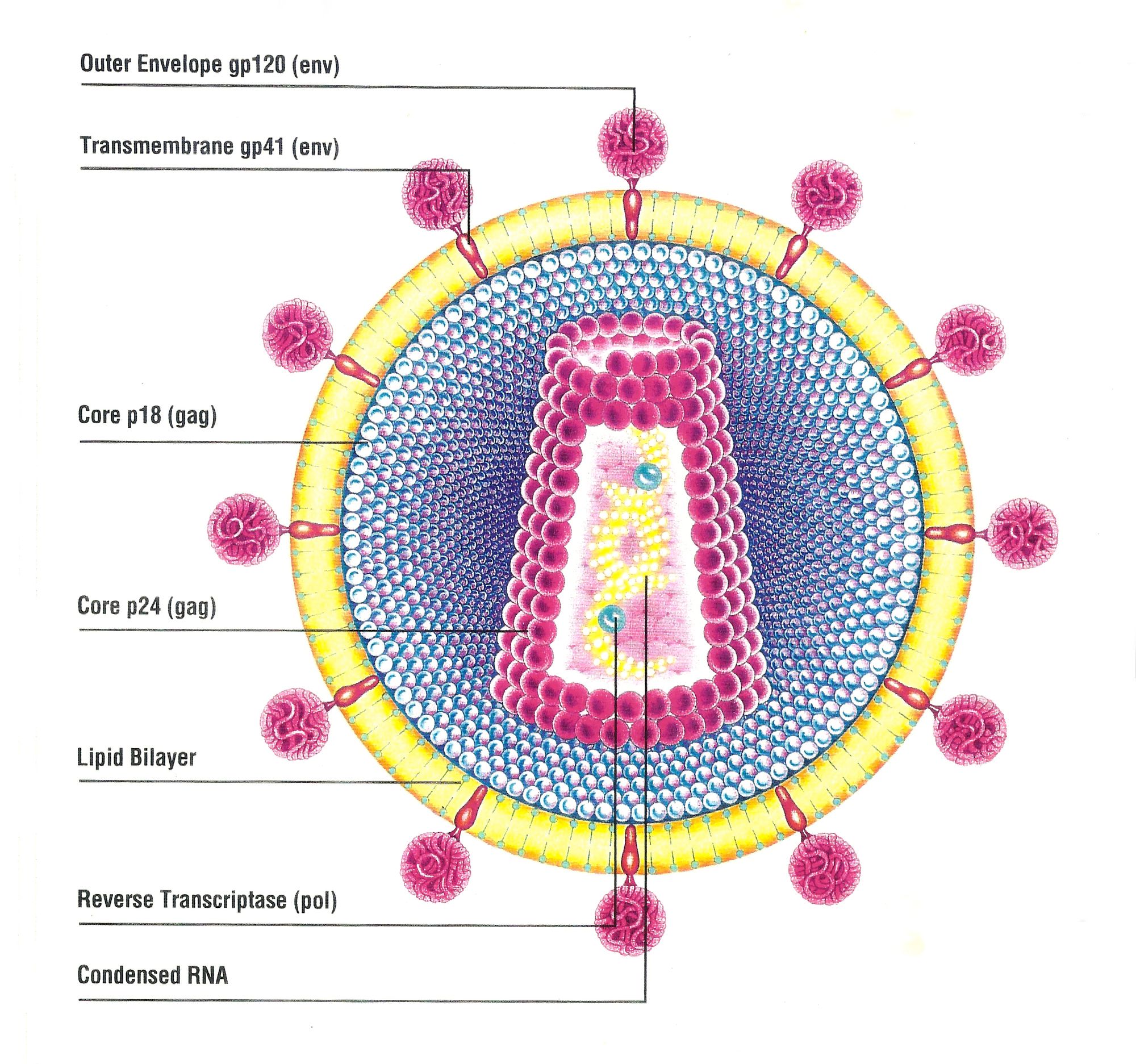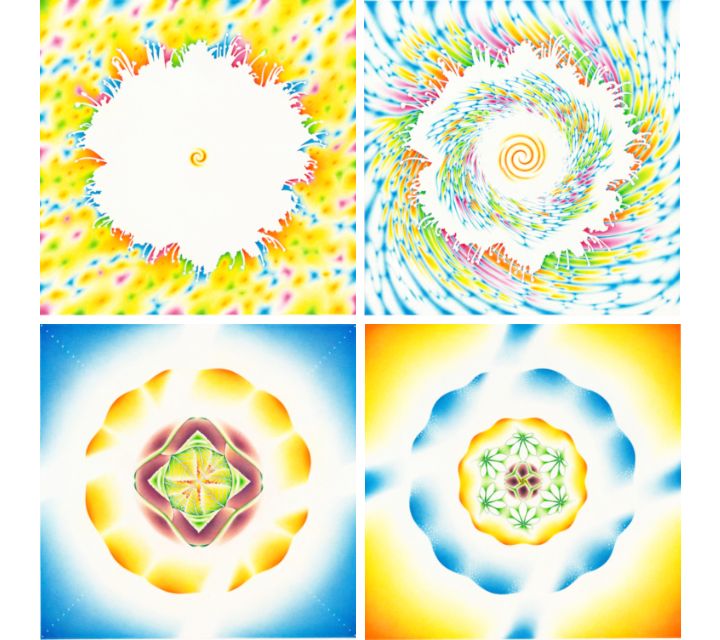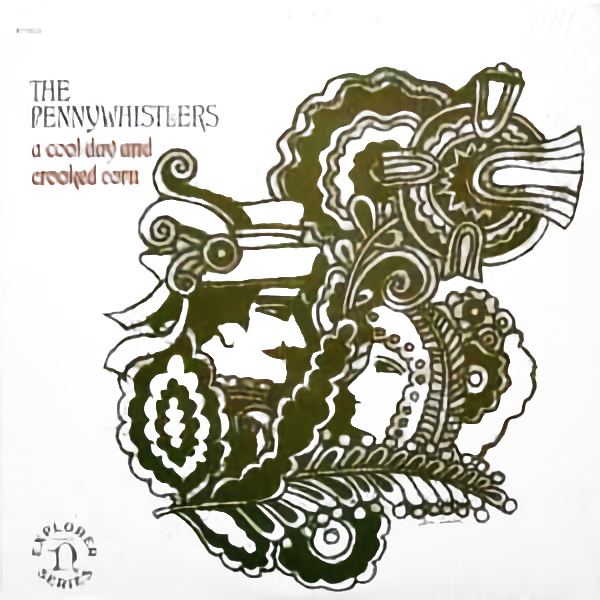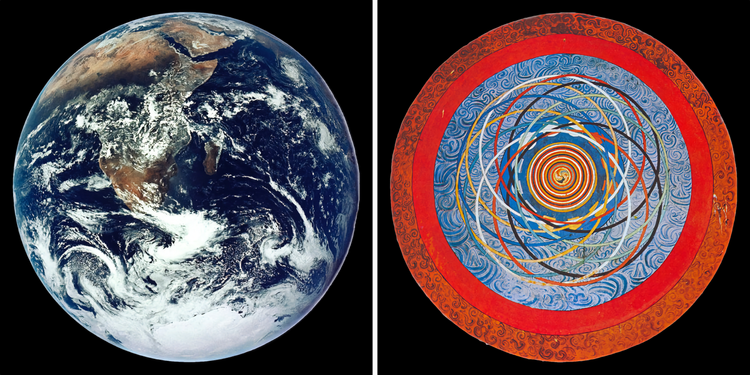My Ancestors’ Gifts

One human alone consists of approximately 37 trillion cells, and within each cell lies the mysterious encoding mechanism (called DNA) that determines many characteristics of the human body and psyche that are passed on, in infinite variations, to each new generation.
I’ve always been fascinated by the intricate and mysterious complexity of this entire encoding process as it pertains to my own ancestors and what I may have inherited from them. The invisible genetic language that communicates with profound intelligence at a microscopic level far beneath our consciousness has been a subject I’ve explored in much of my “real” art for more than forty years. I’ve always been grateful that my study of the human body in massage school included a detailed medical focus that later infused my personal art with greater creative vitality. This background combined with artistic skills also prepared me for practical work as both a healing arts professional (Licensed Massage Therapist) and a natural science and medical illustrator.

References to this unusual hybrid education appear in the titles I chose for many of the mixed-media drawings that are included in my series From Seed to Universe: Illuminations of the Life Process. Clockwise from top left in the montage below, the titles are: Iridescent Resonance, Enfolding Resonance, Elemental Transcription, and Concentric Translation.

During the design and layout process of setting up this journal, I decided that through my writing I would begin the journal by paying homage to my ancestors for the varied gifts they provided for me—some through heredity and others through in-person contact—that contributed to my life as an artist in ways I could never have imagined. I outline this intention in the “About” page on this journal’s menu bar:
“I dedicate this journal to my ancestors, whose artistic and musical gifts were never acknowledged or supported. I will always believe that through the compressed potential of their collective DNA, their unrealized dreams were passed on for me to fulfill. I feel my ancestors’ presence every day and I thank them. I tell their stories near the beginning of this journal.”
As soon as I wrote the statement above, I realized that my artist’s interpretation of invisible encoding processes in the human body might sound too fanciful for more scientifically minded readers. Even though a friend who teaches the Philosophy of Mathematics at Oxford University once told me emphatically that artists were “supposed to be weird,” and therefore shouldn’t worry too much about conveying their thoughts in conventional “earth-plane” language, in my journal dedication I was citing DNA after all, and part of my “weird” persona wanted to be respectful—and safe.
So, I contacted my friend Mark Samuels—an Associate Professor of Medicine at Sainte-Justine Women and Children's Hospital, University of Montreal—to request his professional view of my unusual questions and perspectives. I’m including excerpts from some of our colorful and educational email exchanges below, that highlight Mark’s lively, approachable, and easily understood explanation of the more scientific aspects of DNA.

Sandra: So my question…What is influencing this never-ending change process within the DNA that shifts various outcomes in the formation of the human body and psyche? What signals are needed for turning on or off and regulating these varying degrees of expression?
Mark: First of all, your emails are not particularly weird at all, although not being a scientist some of the phrasing is not standard. But remember, I'm not a regular scientist either— as I do all the folk dancing and now artsy photography! Richard Feynman, the Nobel prize physicist, played bongos at local jazz clubs and did drawing as well.
…As for what DNA actually encodes, that is exactly what thousands of geneticists all over the world are trying to figure out as their full-time jobs. For myself, I think it's safe to say that pretty much all measurable traits (whether behavioral or physiological) result from a mix of inborn genetics plus experience (where experience means everything the organism (or person) is exposed to before birth and while growing up…All these traits result from extremely complex interactions of many genes with the whole experience of the world.
…I am sympathetic to the idea that all of us are capable of many things we don't do. But just as I am not likely to be a professional basketball player, I don't see any problem with the idea that some aspects of a thing like musical talent could be genetically programmed, but only ‘some’ aspects. Plus, to actually be a working musician involves a lot more than 'talent,’ there's practice, intelligence, work, luck, etc. For example, Mozart had already put in thousands of hours of practice and had also written a lot of apparently pretty immature music before his masterpieces. He just started so young, that he got to the professional level very early. Did he have genetically superior musical talent? We'll never know, but even if he did, it would not have led to anything if he hadn't done the work.
…I don't think psychologists these days think babies are really blank slates, it's more nuanced as to what is or isn't preprogrammed.

Mark Samuel’s friendly and helpful scientific insights helped ease some of the inner anxiety I sometimes feel when I use visual artists’ customary “language of imagery” to describe concepts outside my field of direct experience. I believe that both viewpoints and skills are valuable and can combine to illustrate a specific subject in a more holistic and three-dimensional way. I thank Mark for his gracious and thoroughly enjoyable responses to my inquiries and look forward to more lively exchanges as new genetic discoveries take place in the future.
Since completing meticulous research about the four ancestors whose stories are included in my upcoming written homages, I’ve thought even more about the way in which the 37 trillion cells of their own bodies also carried encoded genetic information intended for future expression. Expanding this subject further in my mind only brought up more questions.
I’ve accepted the idea that I may never receive complete answers to my inquiry about how and why this never-ending encoding process began or what exactly is directing it. But I do know that it infused my own life with talents that helped me, together with repetitive, intergenerational challenges that would end up being my job to bring to consciousness, acknowledge, and repair.
For now, like the thousands of geneticists all over the world who are trying to figure out what “is” encoded within DNA as their full-time jobs, I use my artistic skills to investigate and illuminate this same subject from a visual perspective.
My art and this journal project are both part of this expansive—and educational—life’s work.

As I was arranging the four photos of my ancestors into the collective montage that concludes this post, I remembered a beautiful, old, acapella Appalachian hymn I used to love and still do. The hymn was part of an album recorded in 1965 by a folk group called The Pennywhistlers, and the song had been dormant in my brain since that era. It only took a slow scan of my ancestors’ eyes to bring it to life again. I’m posting a sound file of the hymn to accompany the photos below.







Member discussion